It's April 14, 2003. In the USA, the top movie in theaters is the Adam Sandler/Jack Nicholson vehicle Anger Management, while the $179 million recently made by Daredevil continues a trend of solid, but not incredible, returns for Marvel superheroes on the big screen. The New York Times bestseller list, currently gripped by Da Vinci Code fever, awaits the arrival in June of Harry Potter and the Order of the Phoenix.
In the video game world, the merger of publishers Enix Corporation and Square Co. into Square-Enix is less than two weeks old. Players in North America and Australia are pocketing monsters by the hundreds in the third generation Pokémon games Ruby and Sapphire (Europe has a few more months to wait), and sailing the seas ofThe Legend of Zelda: The Wind Waker.
Entering this world is the sequel to 2001's Golden Sun, a critical darling JRPG for Nintendo's handheld GameBoy Advance, called Golden Sun: The Lost Age. The series' complex puzzle dungeons and skill-testing Djinn system, its depth of character and storytelling, won over fans (this writer included) who continue to play it decades later. With The Lost Age turning twenty-one years old (Japan release: June 28, 2002), we've dug into the history of Golden Sun to see why it has attracted such devotion and how a game from the era of the GBA can have any staying power.
Camelot's Trudge to Golden Sun
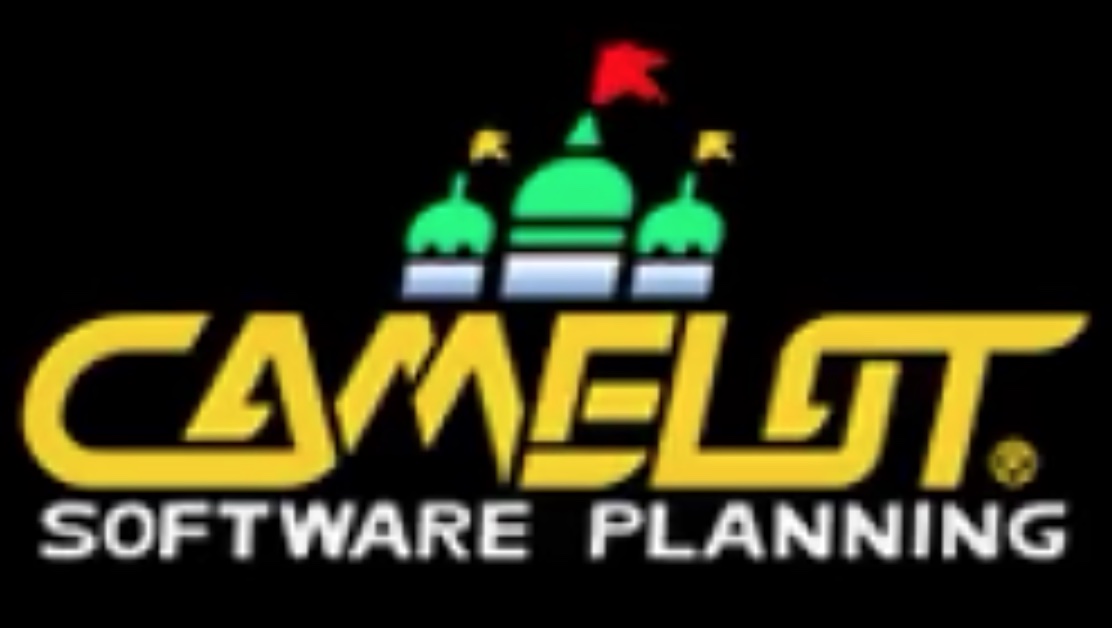
(Source)
The history of Golden Sun began with the company that created it: Camelot Software Planning.
People nowadays know Camelot for their work on Nintendo's Mario Golf and Mario Tennis franchises, but the developer got off to a very different start as Sonic! Software Planning. Founded in 1990 as a division of Sega, Sonic! cut their teeth developing the Shining and Shining Force series of JRPGs. The relationship was stable: Sonic! was free to get more adventurous testing the limits of the JRPG, and Sega published their games on Sega Genesis and Sega Saturn. However, the relationship soured after the debacle that was the release of Shining Force III.
Shining Force III was Sonic!'s most ambitious game yet. The story was so massive that Sonic! planned to release the game in three parts, called Scenarios. After completing one Scenario, players could transfer their save data to the next installment and continue their journey. Each Scenario told a different part of the story: Scenario 1 had as hero the typical royal heir, while Scenario 2 took the side of the game's villain and Scenario 3 starred a formerly secondary character. Sonic! was ready to share their magnum opus with the world, but there was a slight hiccup: Shining Force III was scheduled to release on the Sega Saturn in late 1997, when Sega started marketing their newest console, the Dreamcast. Hypnotized by the Dreamcast's allure, Sega dropped the ball on Shining Force III. They never even gave the game a chance: While all three Scenarios were released in Japan, the world at large only got their hands on Scenario 1. Critics loved Shining Force III, but it was a commercial flop because most consumers didn't even get to play the full game. Fed up with Sega, Sonic! changed their name to Camelot and struck out on their own.
That's when Nintendo came to call, tapping Camelot to develop Mario Sports titles for the Nintendo 64. The partnership quickly bore fruit, with both Mario Golf (1999) and Mario Tennis (2000) receiving critical acclaim. But Camelot itched to get back to their JRPG roots, and was already conceiving the game that would take them there. Nintendo was also eager for a new foothold in the JRPG business after the Final Fantasy franchise jumped from the SNES to Sony's PlayStation with Final Fantasy VII. They supported Camelot's drive to develop a flagship JRPG for the Nintendo 64, and the developer whipped up a design document for a massive single game that drew heavily on their extensive expertise in the genre. They called that game Golden Sun.
The road to Golden Sun was not yet smooth - a familiar roadblock stood in the way. The amount of time needed to develop Golden Sun meant that the game wouldn't be ready until 2001, when Nintendo planned to move on from the Nintendo 64 in favor of the GameCube. Rather than let another game languish on a lame-duck console, Camelot moved Golden Sun to the GameBoy Advance, where hardware limitations forced them to split the game. The first half, Golden Sun, came out in 2001 and The Lost Age followed a year later in Japan. Both received critical praise for their polish, storytelling, and iterations on the traditional JRPG formula.
After years of work, Camelot had come close to JRPG perfection with a nuanced story told from the perspective of both heroes and villains, a unique Djinn system that rewarded experimentation, and challenging puzzle dungeons that tested players' problem-solving. At the time, Golden Sun and The Lost Age were a fresh take on an established genre; now they stand as relics of a bygone era. Even as relics, though, they stand out - let's talk about why.
The Game
From a gameplay and story perspective, Golden Sun: The Lost Age was heavily influenced by previous turn-based JRPGs, but innovated to deliver an experience that was unlike the games that preceded it.
Story
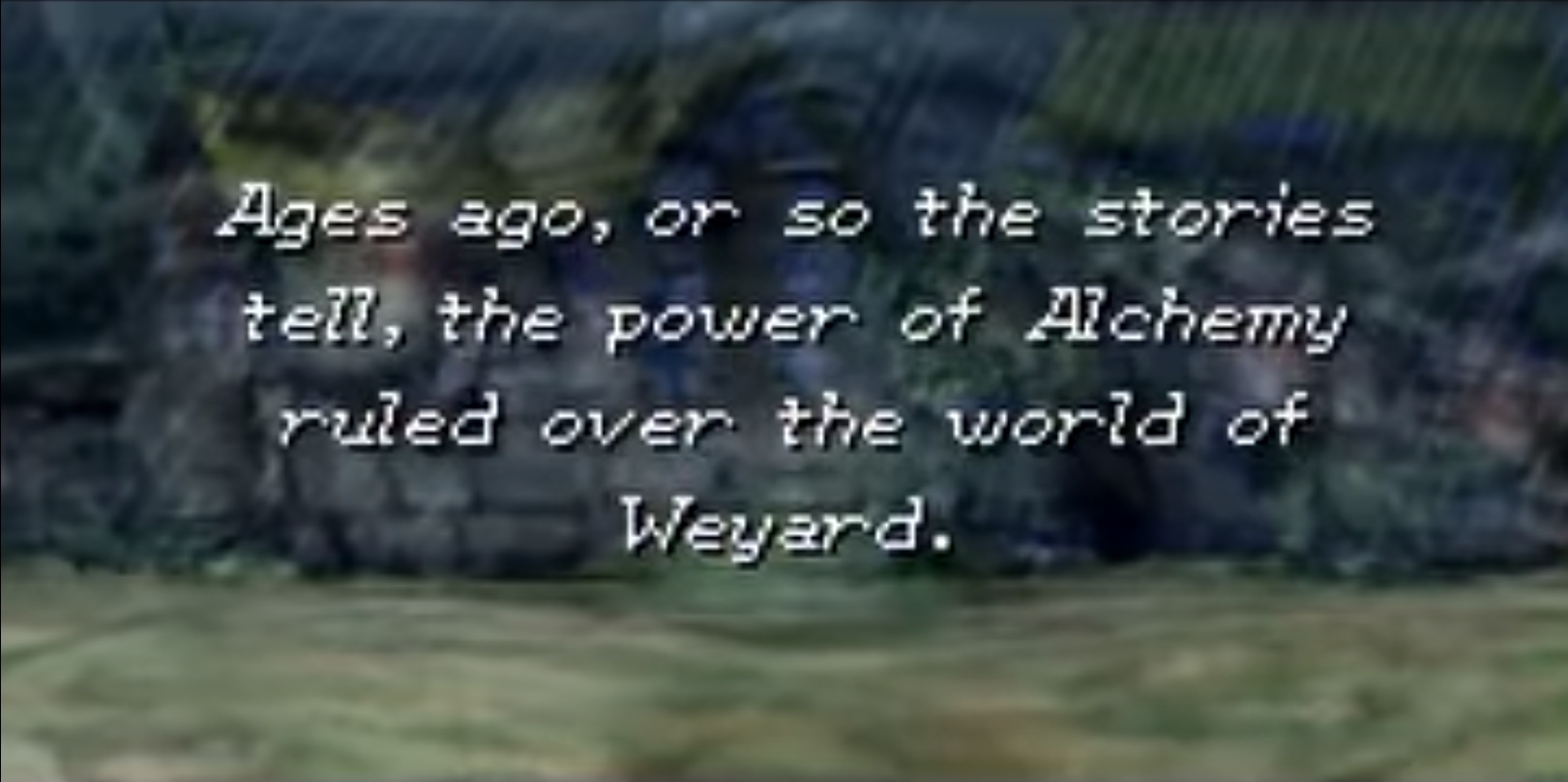
The story starts with Golden Sun, when the antagonists - Saturos and Menardi - infiltrate the home village of protagonist Isaac and steal the four Stars needed to light the four Elemental Lighthouses (Mercury, Venus, Jupiter, and Mars) scattered across the world. A floating eyeball-rock called the Wise One tasks Isaac and his companions with stopping Saturos, who wants to reactivate the lighthouses - which the Ancient One warns will have dire consequences. Although they fail to stop the igniting of Mercury and Venus lighthouses, Isaac and Co. kill Saturos and Menardi at the top of Venus lighthouse as earthquakes rip the continent apart.
Golden Sun: The Lost Age picks up there, except the player is no longer controlling Isaac's party. Instead, the protagonists of The Lost Age are Felix and some others of Saturos's former associates who plan to finish the job by activating the final two lighthouses. This group knows something Isaac didn't: that Alchemy, the lifeblood of magic, is dying and the world along with it; the only way to stop that slow death is by lighting all four lighthouses. With this revelation (and the several to come),The Lost Age layers with uncertainty every action taken by the player previously and going forward. And more mysteries remain.
As the story progresses, The Lost Age demonstrates that most of the characters in the Golden Sun franchise are neither all good nor all bad. One can say that Isaac, Garet, Ivan, and Mia were champions of the light fighting to save the world from catastrophe; while Saturos and Menardi were callous adventurers who hurt anyone in their way. Yet it's just as easy to find that Saturos and Menardi were martyrs who died trying to save their village from certain destruction; while Isaac, Garet, Ivan, and Mia were novice adventurers coerced into acting on the word of an entity who trades in half-truths. The game's devotion to digging deeper into its character's motivations isn't reserved for main characters; minor villains like Briggs are painted with both sides of the brush. By the time players have crossed the map and battled to the frozen top of Mars Lighthouse for the final confrontation, there's no way to be sure if anyone in this saga is right or wrong. The story of the Golden Sun series is about imperfect characters making the choice between two losing options, knowing that either path will have calamitous consequences.
Psynergy, Puzzles, and the World at Large
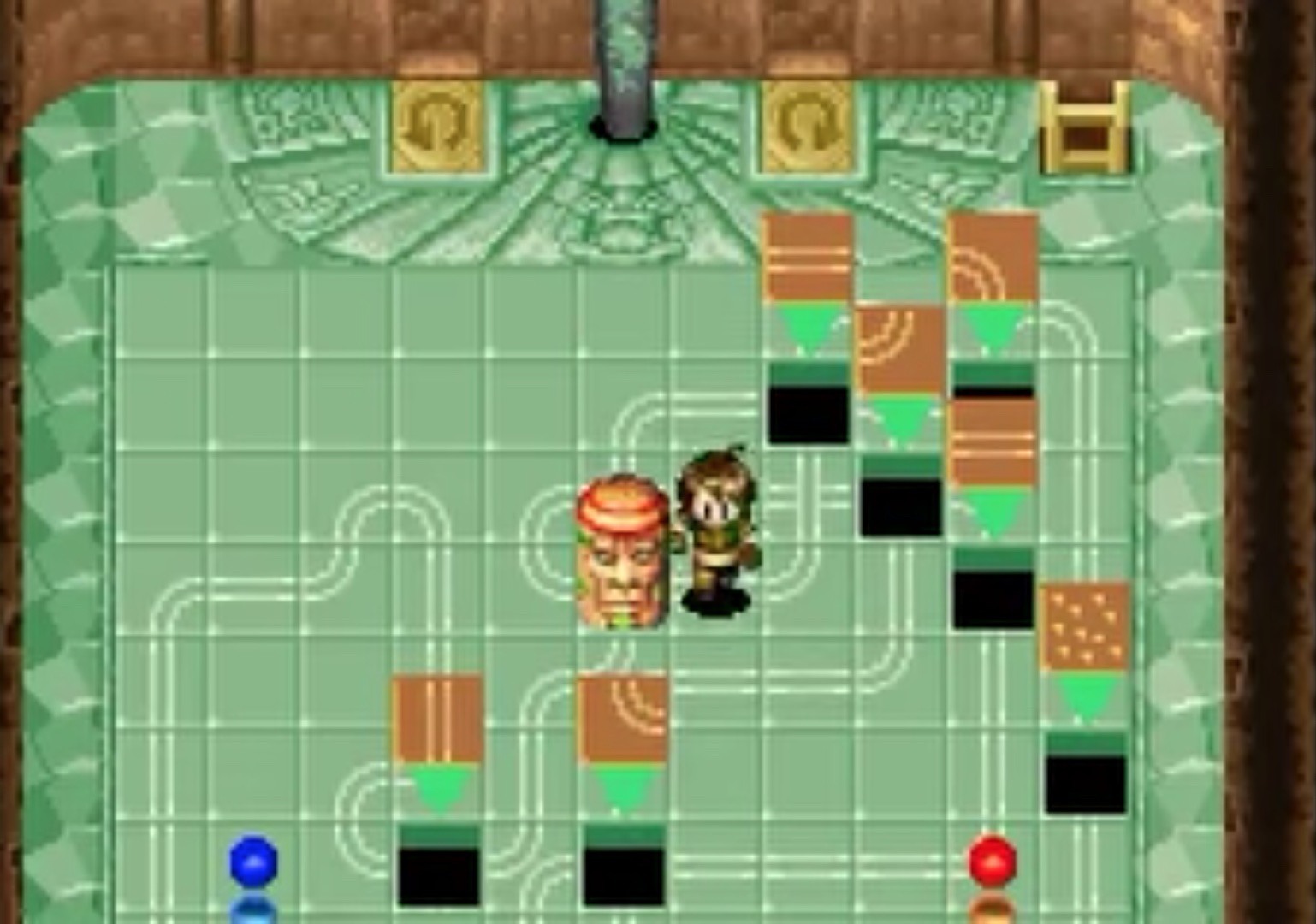
The puzzle dungeons in The Lost Age are heavily reliant on Psynergy, the game's version of magic. In combat, Psynergy is indistinguishable from magic systems in other JRPGs, but it is more distinctively used outside of combat to affect the world, manipulate objects, and solve puzzles. In the game's first half, dungeons are designed around the acquisition of a new form of Psynergy and serve as an impromptu tutorial on its various uses. The puzzles in The Lost Age use a visual language, and understanding that language is imperative to tackling any challenge. Brown pillars must be Moved. A coiled rope can be Lashed. Six rocks arranged as the points of a hexagon conceal a secret to be Revealed. With so many different types of Psynergy, the game keeps its visual cues simple, but incrementally increases the complexities of its puzzles as the game progresses until knowing how to use Psynergy becomes as important as knowing which one to use.
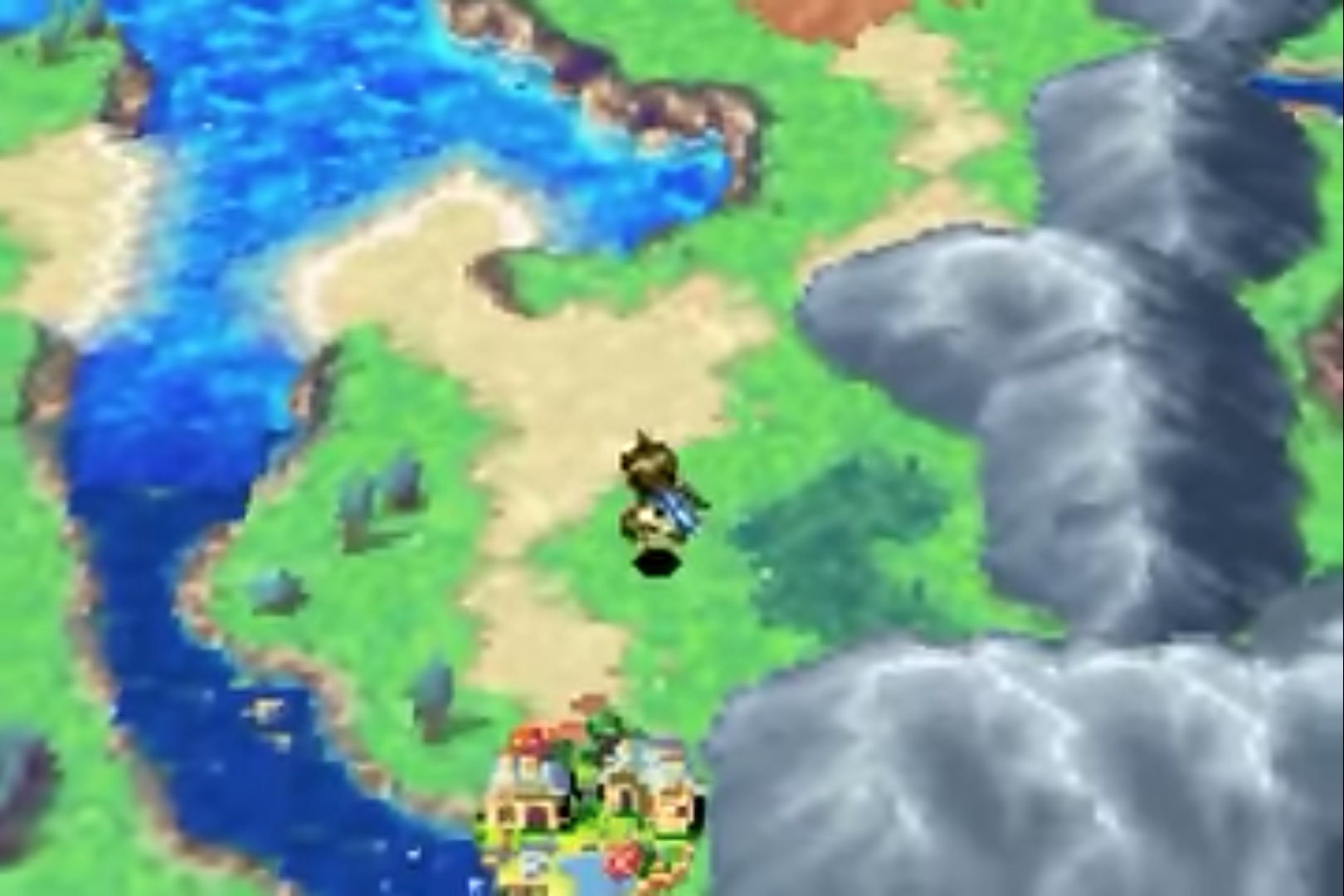
The game's overworld, which is expansive for a GameBoy Advance game, fills a lot of empty space with just enough variety to spark the adventurous itch. The world is limited at first, but opens up once the party acquires a ship and can sail to various destinations across half the world. Players aren't railroaded into following a pre-determined path between dungeons; the world is wide open. There are a few guardrails to keep players from feeling lost, but they can move in any direction, take any path. For instance, the Gaia Rock and Aqua Rock dungeon chains can be completed in either order, then culminate in a boss battle with Poseidon - the most devious boss of the game's first half - whose defeat unlocks the rest of the world. Travel can feel daunting at times, with only a shred of understanding about where the game wants you to go, but the freedom to follow your curiosity was not something a lot of games had in 2003. Perhaps it's the size of the screen, but scrolling across the map of The Lost Age highlights the size of a world overflowing with side-quests, excursions, and optional dungeons to experience alongside the main quest.
Djinn
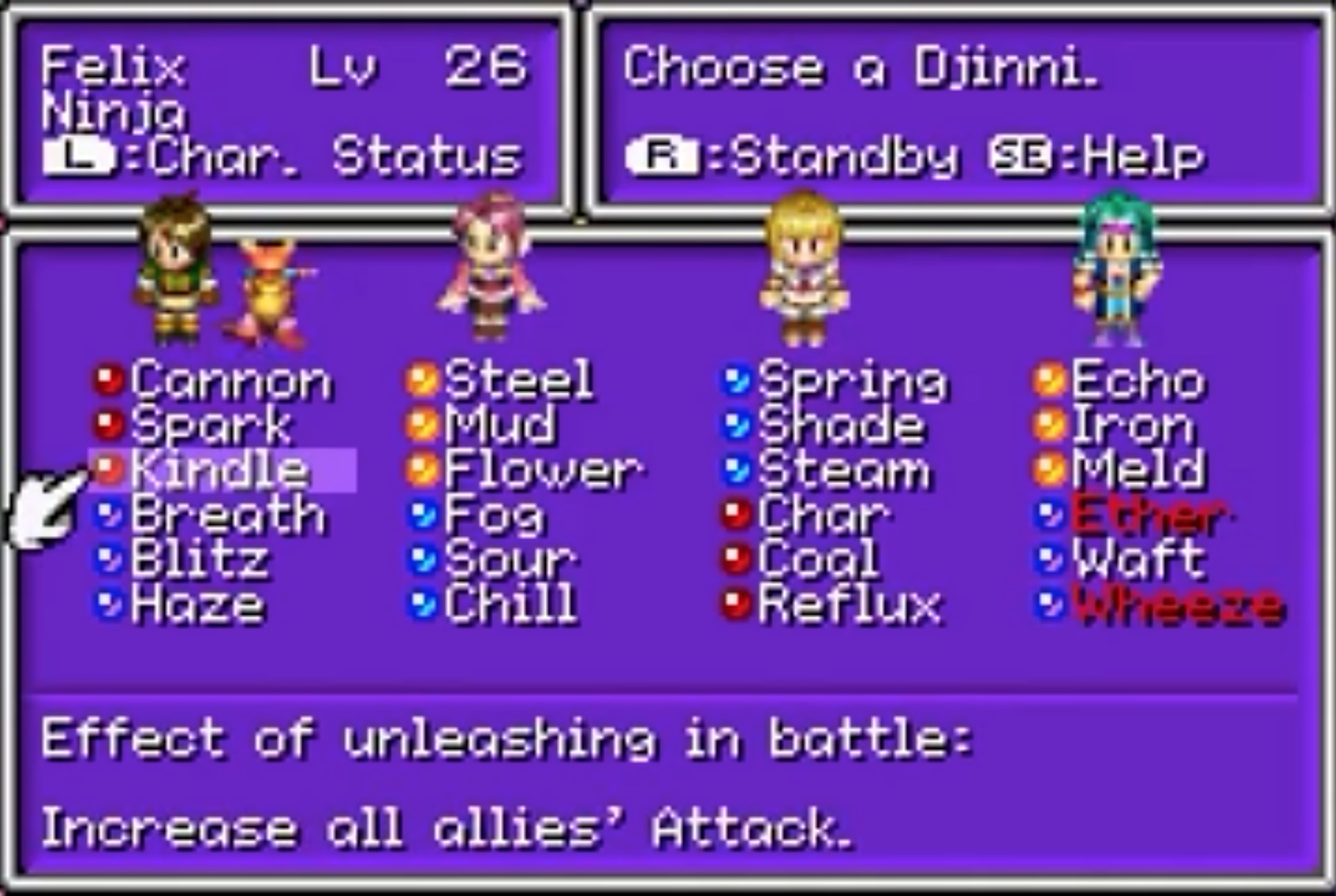
In Golden Sun, Djinn are creatures whose presence grants stat boosts, new classes, and powerful abilities to the character that equips them, while also being central to the Summon system. It could be easy to dismiss Djinn as the Pokémon of Golden Sun (they are cute, have Elemental powers, and are added to the party by defeating them in battle), but they're so much more than that.
Each Djinn has an in-combat ability to be unleashed, whether it's a straight-forward attack, a stat boost for the party, or a useful action like reviving a downed ally. After they use their ability, they're on Standby and waiting to be used in a Summon. The more Djinn are on Standby, the more powerful the Summons that your party can call down in retribution upon their foes. Djinn can also be put on Standby before a battle, which enables the fan-favorite "Summon Rush" strategy for bosses, but this comes with the downside of weakening your party members by taking away the ambient stat boosts those Djinn were providing. How you use the Djinn in your party is entirely up to you, and you'll have ample opportunities to experiment.
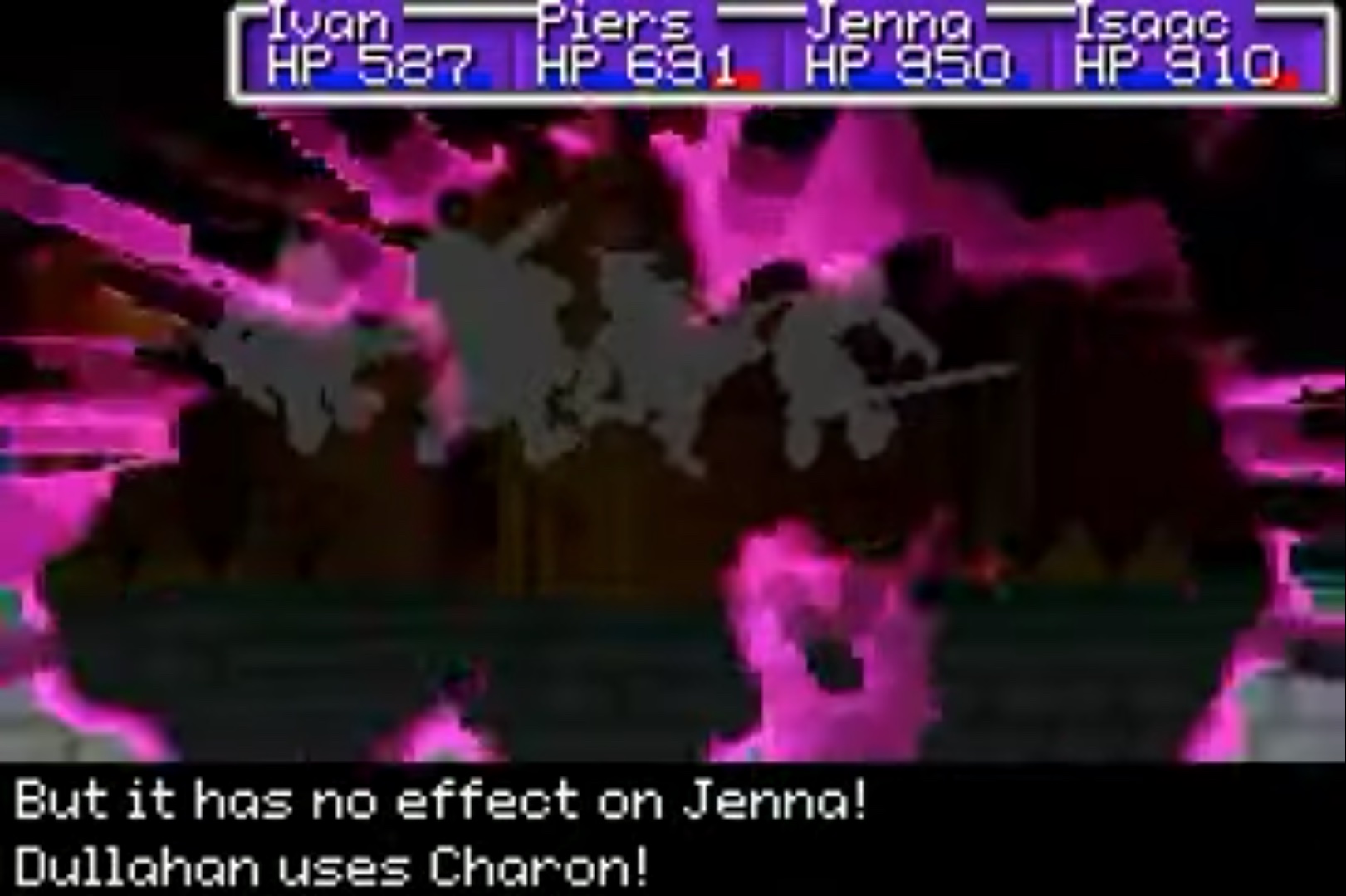
The four types of Djinn align with the four elements of Psynergy: Venus for Earth, Mars for Fire, Jupiter for Air, and Mercury for Water. The knee-jerk response for most new players is to equip each Djinn to the corresponding character for a mono-Elemental party, but the game smartly forces players to try off-Element compositions with a couple of tricks: It delays the inclusion of a Mercury Adept until after the party has already acquired a few Mercury Djinn, and occasionally overloads the party with one type of Djinn so they can't all be equipped to the same-Psynergy user. This is important, because there are many different Djinn combinations that grant access to a cornucopia of classes, Psynergy moves, and stat boosts. Discovering the various party compositions gives The Lost Age a freshness that lends itself to replayability. The game wants players to try new things, to regularly swap each character's Djinn, to catch them all (Djinn are definitely not Pokémon).
Where It Falls Short
Golden Sun: The Lost Age is not a perfect game, and there are several instances where the game either tries too hard or stays too faithful to the JRPG genre.
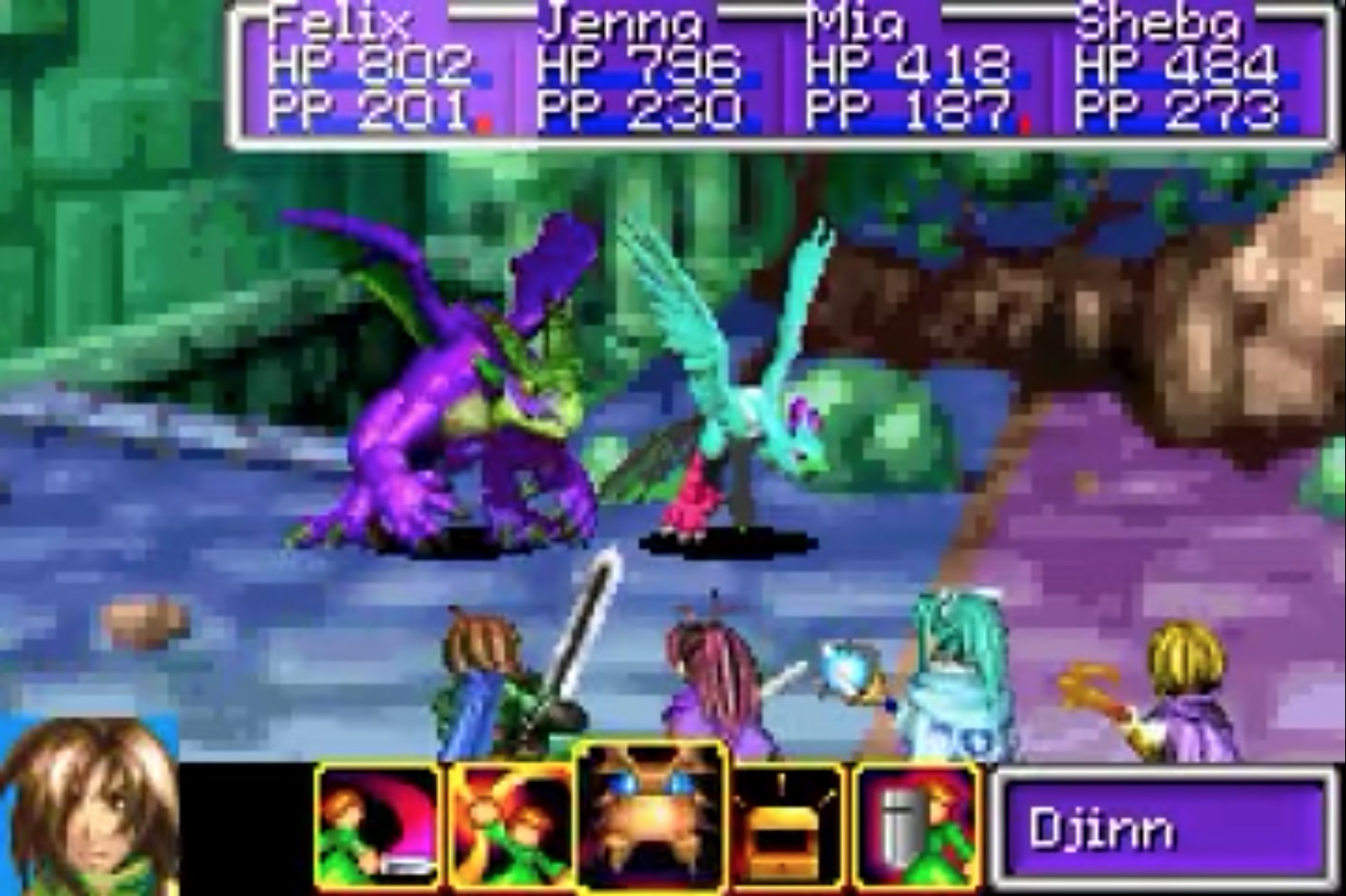
The most blatant problem in The Lost Age is an issue for most JRPGs: the random encounter. Beyond the use of Djinn, Camelot didn't reinvent the wheel with Golden Sun's turn-based battle system, and the slog of feel-alike random encounter after random encounter wearies even the most enfranchised player. Encounters pop up anywhere in the overworld and in most dungeon rooms that aren't home to a timing-based puzzle. They make the game drag on excessively long, as there's nothing really enticing about the prospect of battling the same monsters in the same way over and over and over again. It only becomes satisfying if you can hit on a strategy that quickly and cleanly takes care of most encounters.
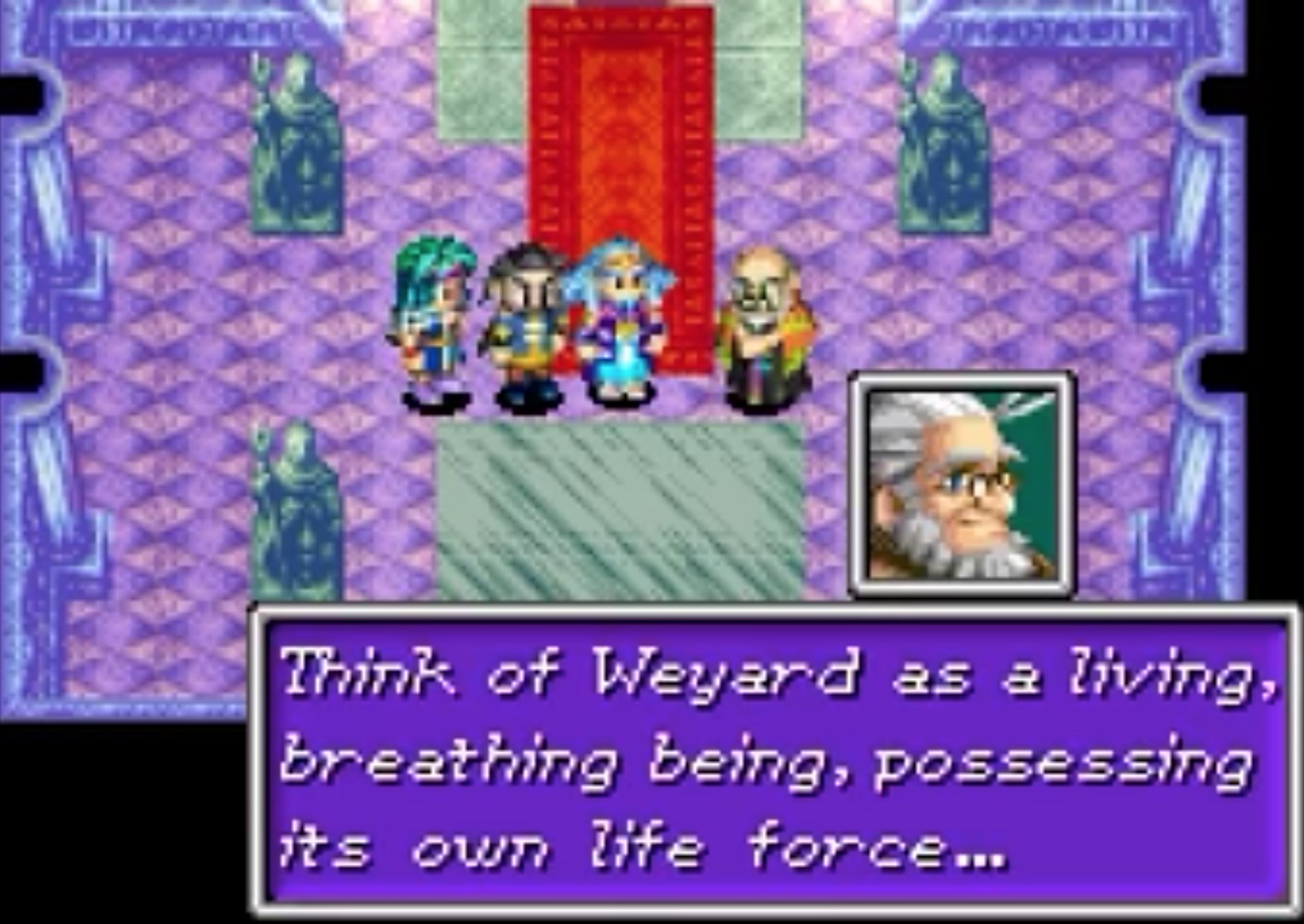
The game can also drag during dialogue sequences where characters spend a very long time making sure that everyone understands what's going on. There are a lot of characters in the party and sometimes, to its detriment, The Lost Age lets everyone chime in. JRPGs are notorious for complicated stories that need to be explained by an unending train of cutscenes, and Golden Sun is not an exception. It's also here that The Lost Age shows its age because, hardware limitations being what they were, there's no voice-acting - players have to passively tap the A button (sometimes getting the chance to say Yes or No) while reading an onslaught of text before they can get back to playing.
The worst parts of The Lost Age are the ones that slow players down or keep them from interacting with a system that's been polished near to perfection. In other words, the things we like least about The Lost Age are the things that keep us from playing it.
The Legacy of The Lost Age
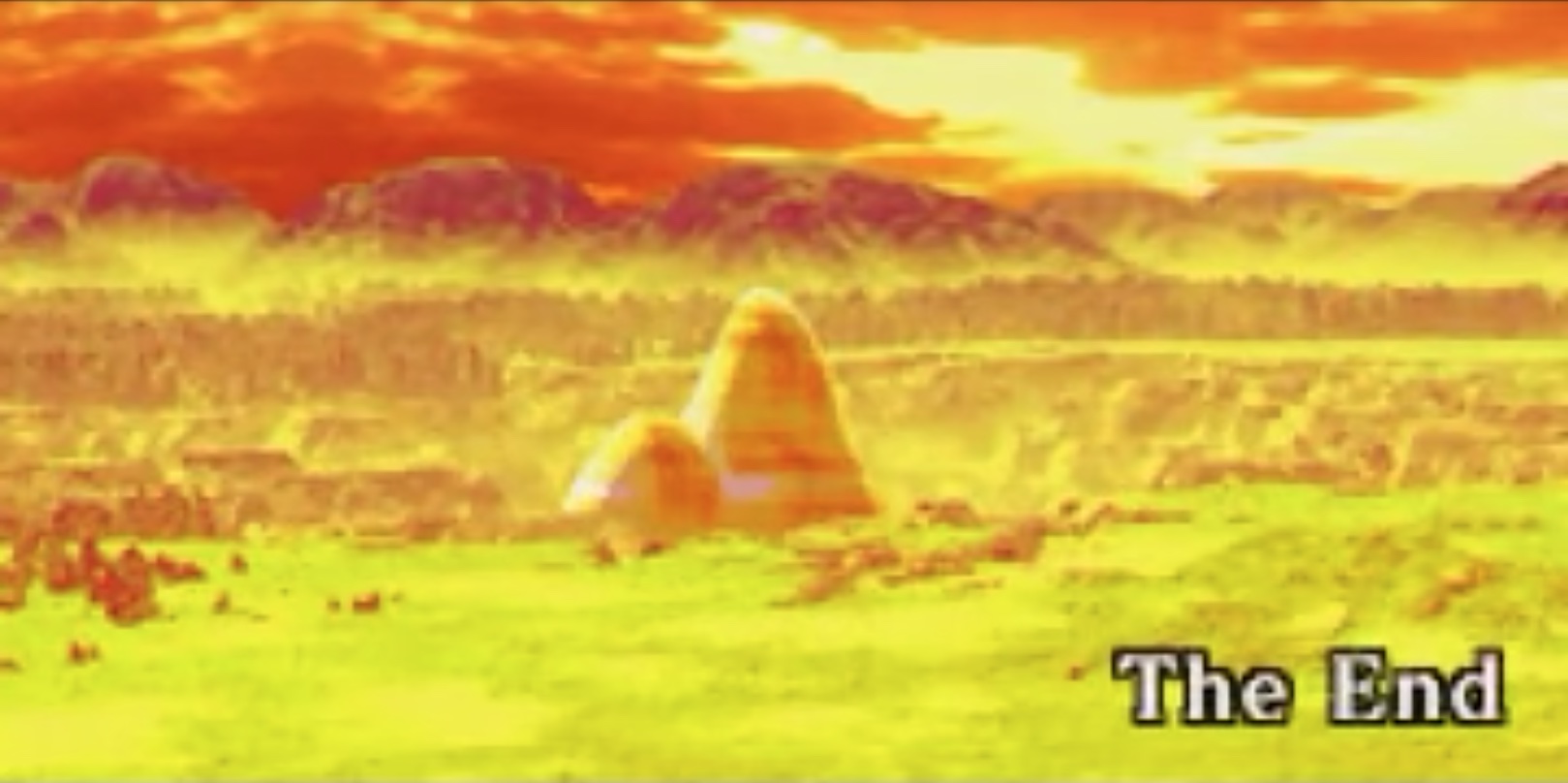
After the release of The Lost Age, the developers at Camelot openly discussed their exhaustion from developing a pair of massive JRPGs back-to-back and decided to take some time to recharge before returning to the series. This was difficult, as both fans and Nintendo spent the next several years pressuring them to make a third game. Players loved the series, and wanted more. Nintendo liked praise (and money), and wanted more.
Nine years later, the wait was over. Golden Sun: Dark Dawn, a sequel set decades after the first two games, was released on Nintendo DS. The familiar systems remained in place, but perhaps they had become too familiar. Dark Dawn wasn't pilloried, but it didn't receive the level of praise its predecessors had. Worse, the game ended on a cliffhanger, one that remains unresolved thirteen years later. Camelot, worn out on Golden Sun, refocused their attention on making more Mario Golf and Mario Tennis titles, and the prospects of a fourth Golden Sun game dwindle with each passing year.
The gleam grows even dimmer. Outside of emulation, the only way to play The Lost Age is with a physical cartridge on decades-old handheld hardware. Nintendo previously announced that Golden Sun will be coming to Nintendo Switch Online Plus Expansion Pack - but it's not there yet, no date has been announced, and only the first game has been confirmed for the subscription service. Much like Shining Force III, the Golden Sun series has been buried by its publisher.
IsThe Lost Age worth your time, or is it nostalgia bait for the clutch of players who discovered the game when it was new? The length of dialogue sequences and the abundance of random encounters slow the game to a crawl at times, but when it's humming The Lost Age is, in this writer's opinion, one of the best games ever made for the GameBoy Advance and well worth the amount of time that it demands - if only there were more ways to play it.
In 2002, Golden Sun: The Lost Age was a long-awaited triumph for Camelot - the developer that endured a publisher who mishandled the release of their games, a developer who could have settled on Mario Sports games but knew there was more they wanted to accomplish. Twenty-one years later, The Lost Age stands as the pinnacle of their oeuvre: a beloved adventure for both long-time fans and those just discovering it.
Are you a veteran of Golden Sun: The Lost Age? If not, have we convinced you to try it? Let us know in the comments!


Comments
Their unskippable dialogue and WORDS WORDS WORDS approach to their intros should've been left behind.
To this day, the GBA Golden Suns are some my favorite RPGs. I loved the worldbuilding they did, and would love to revisit one day.